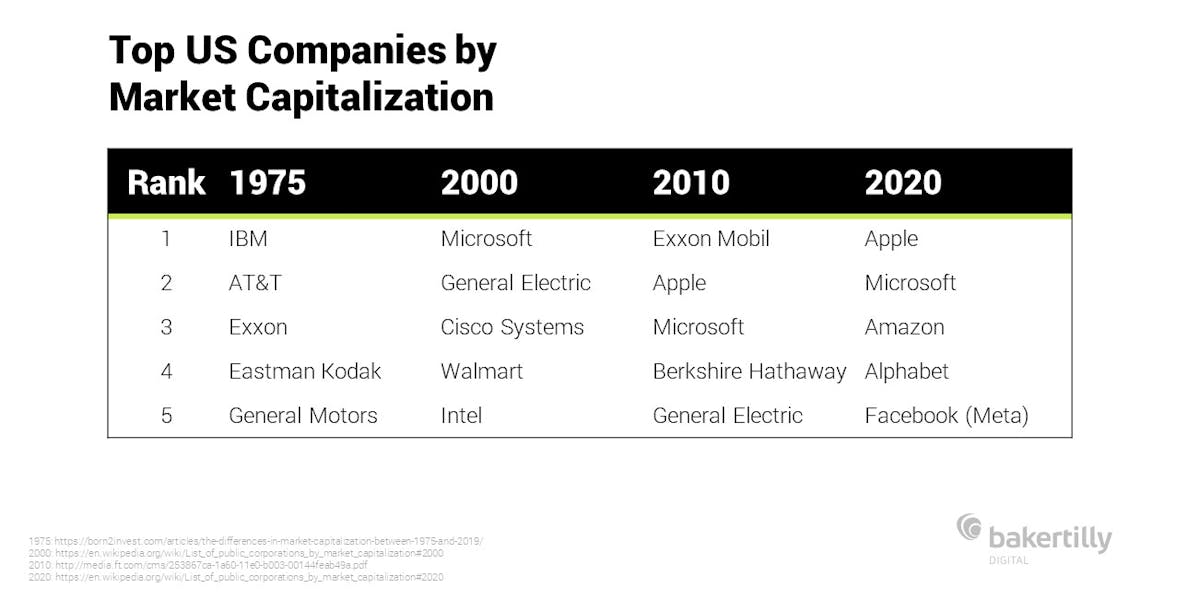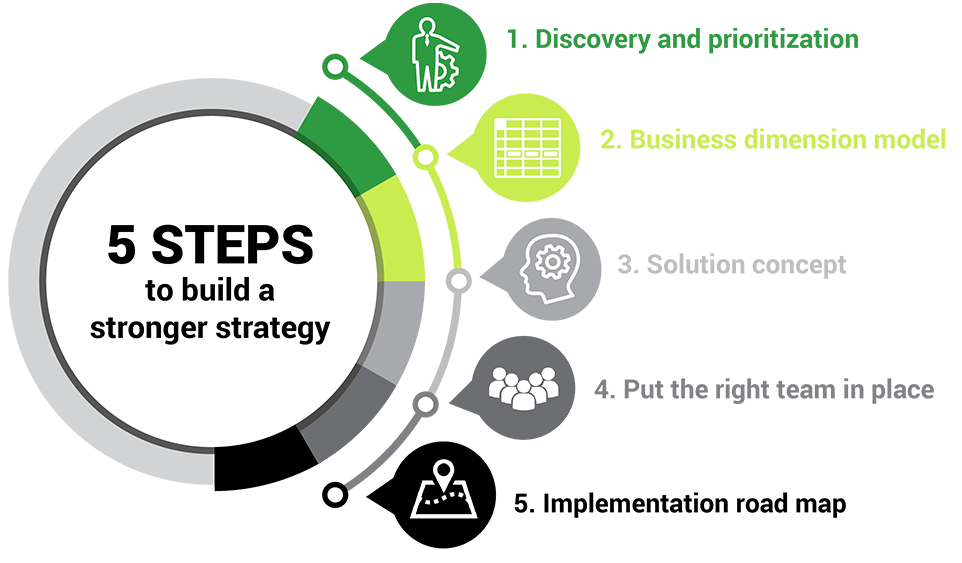In today’s data driven world, your business needs to treat your data as an asset in order to use it to your advantage. Companies that get better at harnessing their data will see positive transformation in their people, processes and overall business results. Many businesses know that they don’t have the right data in hand to make decisions at a speed that successfully supports and grows the business, but often don’t know where or how to get started. Leveraging your data goes beyond just implementing tools. It’s the journey your business takes to understand what’s important to measure and how you use that information to drive improved decision-making.
Treating data as an asset
Oftentimes, a business will look at a data initiative as a project that occurs at a singular point in time. It’s not. Data needs to be actively managed, governed and taken care of on an ongoing basis. In order to establish a strong data strategy program, you need to fundamentally change the way your company views how it uses data.
There are two types of assets in accounting, tangible and intangible. Tangible assets are physical, such as machinery and plants, and most businesses already have processes in place for these. Intangible assets often include goodwill, intellectual property and trademarks. These elements generally get a lot of attention, funds and care from the organization. Their data, however, often has no position in the notion of intangible assets.
If we take a look at the S&P 500 over the last 45 years, there has been a significant shift in the organizations that had their values derived from tangible assets to intangible assets. Most of the assets in 1975 were in property, equipment and physical things. Conversely, by 2020, the top five largest U.S. based companies were all tech related companies, that could attribute a large percentage of their value to their intangible assets.

These companies’ growth and success would not have had the same trajectory without their intangible assets. They were able to take the data that they’ve collected and housed and determine the best ways to leverage it to create better experiences for their customers.
Learn more about treating data as an asset in our webinar recording.
Data strategy and program execution
Once your company has made the shift to thinking about data as an asset, then you will be set up to properly define your data strategy program. Data strategy is about building a strong and lasting capability within the business. Knowing what to measure, having processes in place for measuring efficiently at scale, organizing the right people and implementing the right tools and technology are all pivotal to designing an effective data strategy.
Our five steps to build a stronger data strategy include:

Find more: BakerTilly